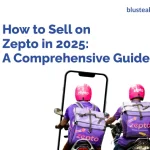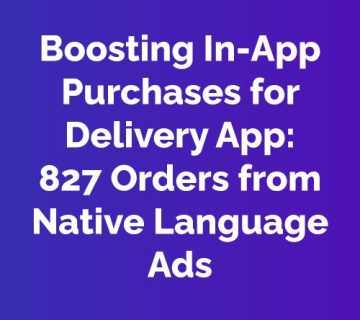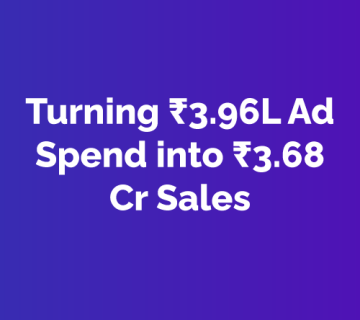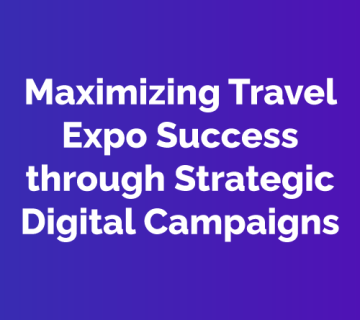Last Updated on August 6, 2022
Blusteak recently collaborated with one of India’s leading gold loan NBFCs. The collaboration turned out to be quite profitable, and our team reduced the cost per lead by 30%. The case study below discusses our client, their challenges, and how Blusteak helped them get the desired results.
About the client
Our client is one of India’s leading gold loan NBFCs. It has been in business since the 1950s and has helped millions of people with their financial needs. They are a preferred financial services partner for many Indians because of their high reputation in the industry, customer-focused approach, and use of cutting-edge technology.
Over the last few years, the company has diversified into new businesses like vehicle and housing finance, microfinance, and SME lending. They are on a mission to help as many people as possible get financial help to fulfill their dreams.
Brand concerns
When the brand reached out to us, they had difficulty reducing the cost per lead (CPL). Their CPL was as high as 230. That means if they were to increase their leads, the cost per lead would automatically go up. Another problem we discovered was that our client’s ad account had over 40+ campaigns running with 300+ ad groups and 1500+ targeted keywords. As a result, it became difficult for us to align keywords with the ad copy.
The Ultimate Solution
After all the hit and trial methods and analyzing our challenges, our team launched three campaigns groups:
1. Generic keyword Campaign
Optimizing the basic structure of your Google ads is essential to reducing the cost per lead.
We decided to do it in three ways; align keywords to ad copy; invest in high-converting keywords; and pause low-converting (above average cost/lead) keywords.
This might seem like a no-brainer, but as we said, our client had over 40+ campaigns and 300+ add groups running. As a result, our team had to put in hours choosing the right keywords to get the best results.
Doing this helped increase our Google’s ad quality score. That means we could spend less compared to our competitors as per the Google SERP-ad rank algorithm.
The quality score in Google’s ad refers to the quality and relevance of your PPC ad and your keyword selection. In addition, it is used to determine the cost per click (CPC) and ad rank in the ad auction process.
Optimizing your quality score gives you a higher return on investment and a lower cost per conversion.
2. Competitors keyword campaign
Most of the ad market today is saturated, including NBC’s. So to rank for short-tail keywords, you will have to spend a lot of money, and here we are trying to save some.
So, instead of targeting similar short-tail keywords, we decided to target the long-tail keywords of our competitors. Long-tail keywords are generally made up of 3-5 terms and help you target a niche audience. These keywords are also less competitive and are designed to match how people make queries.
For instance, Our competitor is Muthoot Gold Loan.
Their targeted keyword is “Muthoot gold loan.” So, we will use the phrase “gold loan” to create long-tail keywords.
3. Branded keyword
Targeting long-tail keywords of your competitors isn’t new, and your competitors can do the same. However, we can secure our long-tail branded keywords by increasing the quality score of our Google ad to a maximum of 10/10.

Our competitors will now have to bid at least 10 to 20 times higher to get an impression above us, or they will have to use our client’s name ( which we are sure they won’t do).
The final results
Here is the final result.

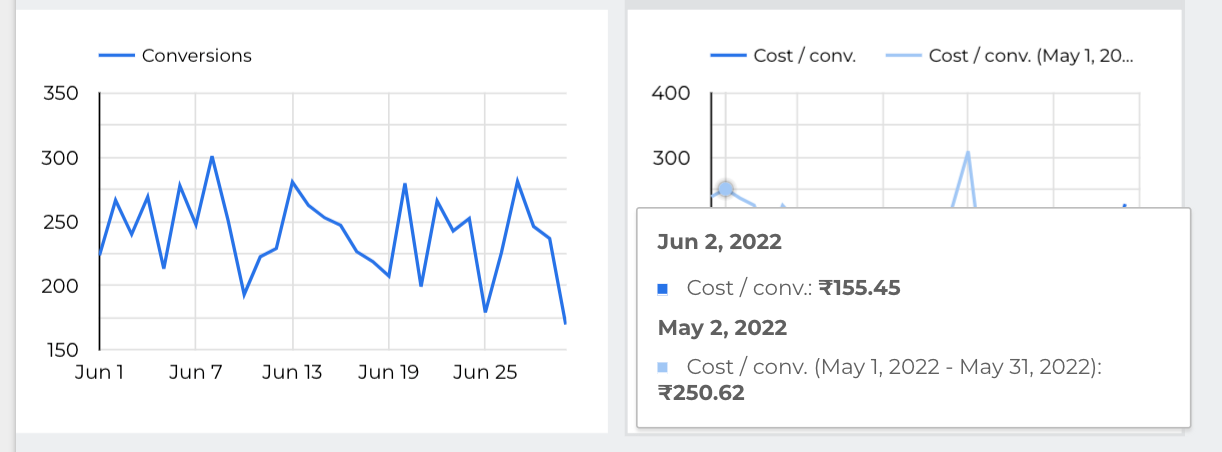
Our team at Blusteak was able to bring down the cost per lead from 230 to 170. That is an apparent 30% reduction.
Our hard work finally paid off!

